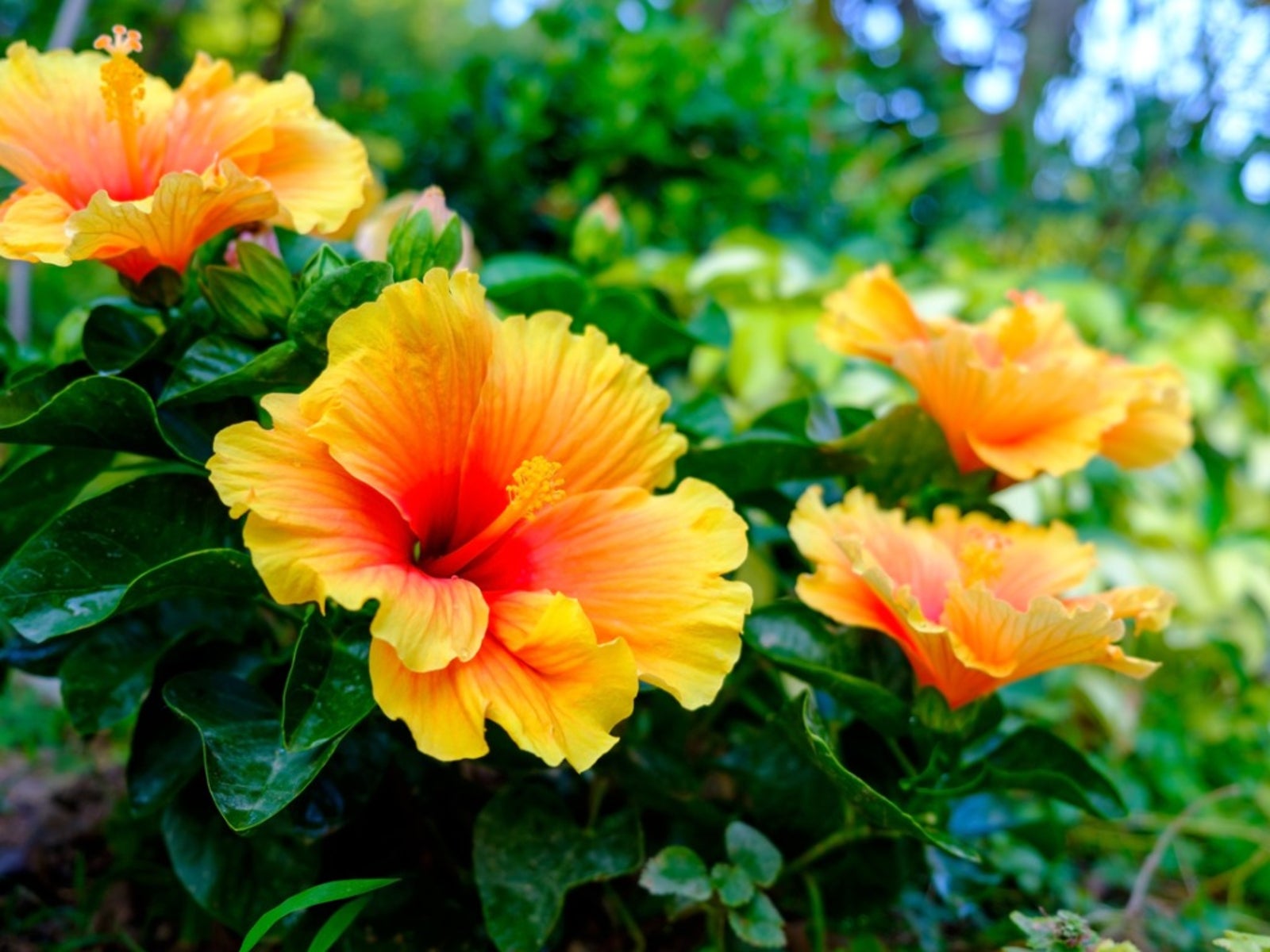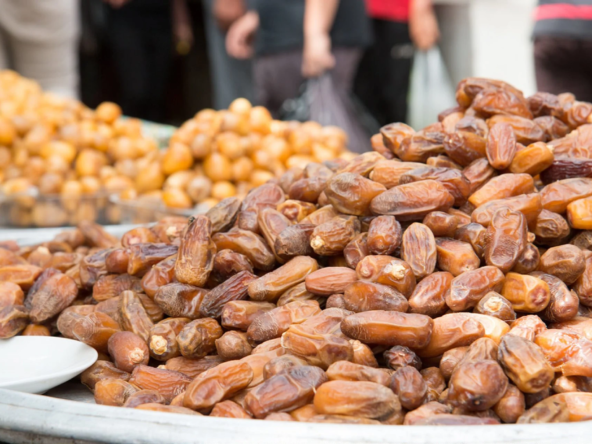Hibiscus flowers are celebrated worldwide for their vivid hues and striking forms, making them a favorite among gardeners, herbalists, and culinary enthusiasts. With a diverse array of species, each hibiscus variety offers unique aesthetic and functional benefits. From the vibrant blooms of the Chinese hibiscus to the tart calyxes of Roselle, these flowers are more than just ornamental; they play significant roles in various cultural and practical applications. This article delves into the distinctive features of some of the most prominent hibiscus varieties, providing insights into their unique characteristics and uses.
1. Hibiscus rosa-sinensis (Chinese Hibiscus)
Overview: Often referred to as the “Chinese hibiscus” or “tropical hibiscus,” Hibiscus rosa-sinensis is one of the most widely cultivated species. It is commonly found in tropical and subtropical regions.
Unique Features:
- Flower Colors: The flowers come in a range of colors including red, pink, white, orange, and yellow. They can be single or double-petaled.
- Size and Shape: The blooms are typically large, measuring 4 to 6 inches across. The petals are often ruffled or crinkled.
- Leaves: The leaves are glossy, dark green, and can be lobed or serrated.
- Uses: Often used in ornamental gardening, this variety is also known for its role in traditional medicine and as a flavoring in teas.
2. Hibiscus sabdariffa (Roselle)
Overview: Hibiscus sabdariffa, also known as Roselle or Roselle Hibiscus, is renowned for its edible calyxes, which are used in beverages and culinary dishes.
Unique Features:
- Flower Colors: The flowers are usually yellow with a red center. However, the calyxes, which are the primary edible part, are red and can be quite tart.
- Size and Shape: The flowers are smaller compared to other hibiscus species, with a more subtle appearance. The calyxes are bulbous and fleshy.
- Leaves: The leaves are often lobed and can have a reddish tinge.
- Uses: The calyxes are commonly used to make hibiscus tea, jams, and sauces. They are also used in traditional medicine for their antioxidant properties.
3. Hibiscus syriacus (Rose of Sharon)
Overview: Also known as the “Rose of Sharon,” Hibiscus syriacus is native to East Asia and is commonly used as an ornamental shrub in temperate climates.
Unique Features:
- Flower Colors: This variety produces flowers in shades of white, pink, purple, and blue, often with a contrasting center.
- Size and Shape: The flowers are medium-sized, usually 2 to 4 inches across, and can be single or double-petaled.
- Leaves: The leaves are lobed and can be green or variegated.
- Uses: Rose of Sharon is primarily grown for its ornamental value. It can also be used as a hedge or in mixed borders.

4. Hibiscus acetosella (African Rosemallow)
Overview: Hibiscus acetosella, known as the “African Rosemallow,” is valued for its unique foliage and ornamental qualities.
Unique Features:
- Flower Colors: The flowers are usually small and can be pink or red, though they are less prominent compared to other hibiscus varieties.
- Size and Shape: The foliage is the main attraction, with deeply lobed, dark reddish-brown to purple leaves that provide a dramatic contrast.
- Leaves: The leaves are deeply divided and have a distinctive shape.
- Uses: This variety is primarily used for ornamental purposes and adds color and texture to gardens.
5. Hibiscus brackenridgei (Hawaiian Hibiscus)
Overview: Hibiscus brackenridgei is native to Hawaii and is the state flower of Hawaii.
Unique Features:
- Flower Colors: The flowers are typically yellow with a prominent red center.
- Size and Shape: The blooms are large and can reach up to 6 inches in diameter. They have a smooth, trumpet-like shape.
- Leaves: The leaves are dark green and can be deeply lobed.
- Uses: This variety is primarily grown for its beauty and cultural significance in Hawaii.
Hibiscus flowers encompass a rich tapestry of varieties, each contributing its own charm and functionality to gardens and beyond. Whether you’re drawn to the vibrant petals of the Chinese hibiscus, the culinary versatility of Roselle, or the ornamental elegance of the Rose of Sharon, understanding these different varieties enhances your appreciation of this diverse plant family. By exploring the unique features and uses of each hibiscus type, you can better select the right plants for your needs and embrace the beauty and benefits they offer.
Ajigofarms is a reliable global agricultural purchase sourcing with profound expertise in the manufacturing, and exportation of food crops. We are tested, and trusted suppliers of all kinds of cash crops and food crops. Our constant supply chain solution makes exporting easy, quick, and safe, we are identified with timeliness and meeting up with deadlines. Regardless of the region you are located in worldwide, you can reliably order your Agric products and be rest assured of successful delivery.




